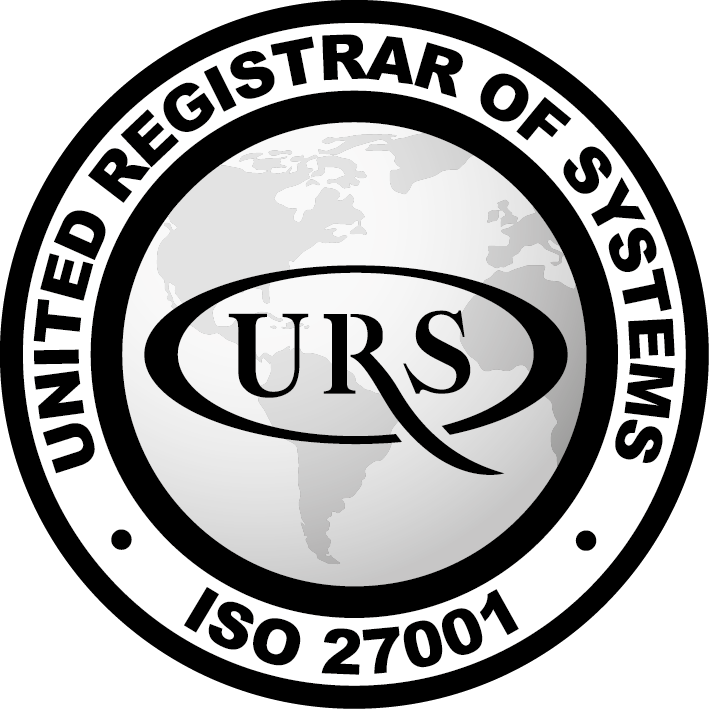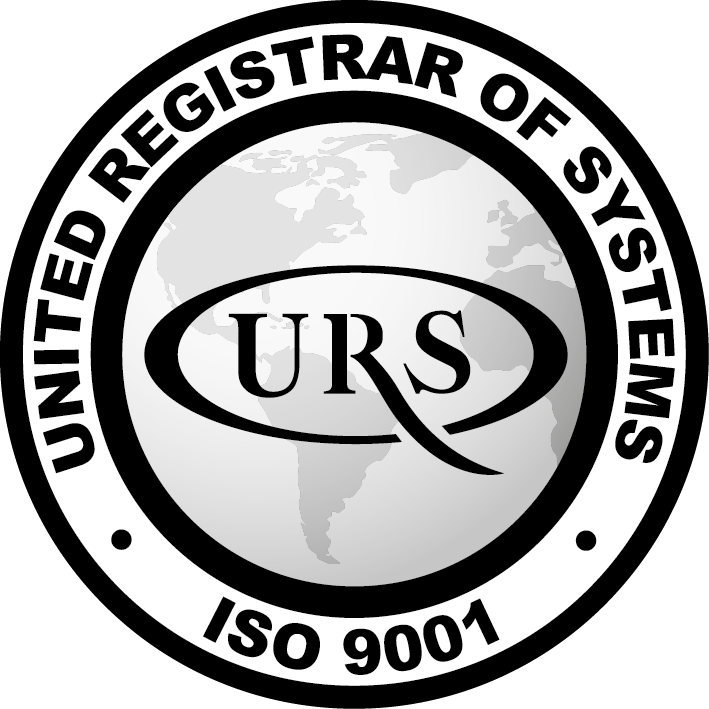Insights and tips for monitoring and observability in IaC pipelines

Infrastructure as Code (IaC) tools like Terraform, Pulumi, and CloudFormation allow you to automate your infrastructure workflows. You write versioned code files that describe the desired state of your infrastructure, then use your IaC tool to create and update the resources in your cloud accounts.
IaC is a powerful DevOps strategy, but it's not enough to ensure stable infrastructure operations on its own. Standard IaC tools are designed for provisioning and configuration tasks, not Day-2 processes such as monitoring. However, implementing a robust IaC observability system is essential so you can spot problems with your infrastructure and optimize your workflows.
In this article, we're going to start by discussing why IaC observability matters so much. We'll then discuss 10 top tips and strategies for successfully monitoring IaC pipelines.
Why does observability matter to IaC?
Observability is the ability of a system to expose its current state and how that state arose. An observable system lets you make informed optimization decisions because you can see exactly what's happening and why. This enables you to more quickly and easily find the causes of problems.
For IaC workflows, observability typically offers the following benefits:
- Easily inspect your infrastructure's current state: Real-time IaC monitoring lets you see which resources are running in each of your cloud accounts, how resources relate to each other, and what role each component is fulfilling.
- Understand how your infrastructure's state has changed over time: Monitoring IaC deployments helps you track the history of different infrastructure components. You can more easily see how their configurations have changed over time.
- Pinpoint performance problems, misconfigurations, and cost overruns: Improving IaC workflow observability provides the instrumentation you need to find what's causing infrastructure problems. For instance, you may see that performance was impacted by a particular IaC commit.
- Make data-driven decisions about future infrastructure changes: Observability data gives you insights you can use to plan more impactful infrastructure changes. This makes it more likely that your infrastructure will scale successfully.
- Accurately analyze IaC workflow effectiveness: Observable IaC workflows let you assess your infrastructure automation maturity, such as by analyzing IaC deployment frequency and change lead times.
Standard IaC tools aren't designed for observability. For instance, if you run terraform apply then Terraform will validate your IaC configs and update the infrastructure resources in your cloud accounts. But the Terraform CLI won't help you monitor the health of those resources or track trends in their utilization or performance. If you use several IaC tools and cloud providers, then it becomes challenging to keep track of all your infrastructure components.
To address these problems, try shifting your IaC workflows to run within a dedicated infrastructure orchestration platform like Spacelift or Env0. These solutions track your infrastructure's state so you can keep tabs on what's running in your environments. They also offer native integrations with observability tools like Prometheus and Datadog, letting you analyze your logs and metrics all in one place.
Let's take a closer look at what IaC observability involves.
IaC monitoring and observability: What to include?
Observability has three main pillars:
- Metrics: Quantifiable numeric values that give insights into specific areas of system performance. For IaC workflows, you may track metrics such as infrastructure utilization rates, environment provisioning time, and the number of IaC deployments made.
- Logs: Timestamped activity records that document errors, warnings, and other significant events. Infrastructure logs could be generated by IaC tools, CI/CD pipelines, or cloud providers.
- Traces: Traces are usually detailed records that describe how individual requests move through a system, from beginning to end. This definition doesn't quite align with IaC workflows, but you may use a form of tracing to track how changes move from IaC repositories to live infrastructure environments.
Combining insights from across all three pillars gives you the most comprehensive picture of what's happening in your system. Use tools like Spacelift to collect data throughout your IaC workflow, then stream the events to your observability platforms. This lets you proactively address any problems with your IaC processes and deployed infrastructure.
Making IaC pipelines observable: Top tips and strategies
Because IaC tools don't prioritize monitoring use cases, building observable infrastructure pipelines can be challenging. Let's look at 10 of the top techniques that enhance observability while supporting IaC pipeline best practices.
1. Aim for centralized observability with single pane of glass visibility
"Single pane of glass" is an observability buzzword, but one that really matters. Centralizing all your observability data in one place gives you full-stack visibility. It lets you more easily analyze your entire system's performance, without having to switch between different platforms.
Achieving a single pane of glass allows you to seamlessly access data for all your infrastructure assets, regardless of the IaC tool or cloud provider they belong to. Try to connect each environment to a single observability instance that continually scrapes new data, such as Prometheus or Grafana. IaC orchestrators like Spacelift and Env0 can also help by letting you visualize all your IaC resources on one screen, even when they're spread across different clouds.
2. Make monitoring data accessible to the developers and operators who need it
Observability data is only useful when it's accessible. Developers, operators, and product managers all need easy access to collected data so they can spot problems and plan potential improvements—even if they don't directly engage with IaC. For instance, developers may link a spike in IaC environment provisioning durations to a recent code change that affected app startup times.
3. Try integrated observability stacks that are designed to work with each other
There's a broad selection of observability tools to choose from, but it's usually best to choose solutions that are designed to work together. This makes it easier to utilize the data you collect.
Prometheus, Grafana, and Alertmanager is one of the most popular stacks. Prometheus is a time-series database that scrapes, stores, and indexes metrics values, while Grafana lets you build graphical dashboards using that data. Alertmanager sends you notifications when values change. The Elastic Stack (ELK) is another popular option that combines Elasticsearch, Kibana, Beats, and Logstash to implement an end-to-end log processing pipeline.
These stacks are well-supported by cloud providers, infrastructure platforms, and CI/CD tools, simplifying your observability implementation.
4. Correctly tag metrics and logs to organize your monitoring data
IaC workflows can quickly produce huge amounts of monitoring data when you're running infrastructure at scale. To make sense of it all, you must organize your infrastructure resources consistently so you can identify what different metrics and logs relate to. Use labels, tags, and annotations in your IaC config files to attach meaningful metadata that you can use for sorting and filtering in your observability solutions.
5. Enable alerting tools to get notified when new issues are found
Monitoring works best when it's proactive, not reactive. By using tools like Alertmanager, you can be informed as soon as new IaC or infrastructure issues are detected. Being alerted when an IaC pipeline fails, takes longer than expected, or experiences an error means the problem can be fixed straightaway. This accelerates your incident response times to reduce costly downtime and disruption.
6. Avoid alert fatigue by only collecting actionable data
While real-time alerts are crucial, it is possible to have too much of a good thing. Too many alerts risk important events becoming lost in the noise. It can also cause alert fatigue, where developers and operators start ignoring alerts altogether.
To avoid these problems, you should configure your monitoring systems to only collect useful metrics that provide actionable insights. Filtering out logs and metrics that don't offer any value will also help optimize storage usage, potentially reducing your operating costs.
7. Use infrastructure orchestration solutions to simplify observability integrations
Infrastructure orchestration platforms like Spacelift and Env0 make it easier to configure IaC observability. Instead of manually building complex continuous integration and continuous delivery (CI/CD) pipelines, you can enable built-in integrations that help achieve full infrastructure as code automation.
Spacelift's platform uses webhooks to send observability data to Prometheus and Datadog instances, for example. You can monitor key metrics from the IaC stacks running in your Spacelift account, including run activity and worker utilization stats. Graphing the number of failed and finished runs on a Datadog dashboard can help you track key IaC performance indicators, for example, while seeing the number of added, changed, and removed resources provides a clearer view of actual activity.
8. Correlate infrastructure and application monitoring data
Infrastructure monitoring systems shouldn't exist in a silo. Analyzing IaC monitoring data alongside the logs and metrics collected from your applications lets you spot new trends more holistically, such as by identifying how changes in your app are also impacting IaC deployments.
To gain these insights, try consolidating all your observability data in a set of common solutions. For example, if you're already instrumenting your apps for Prometheus metrics, then it's a good idea to use the same Prometheus instance for your IaC data too.
9. Include monitoring and observability at all stages of the IaC deployment pipeline
Observability isn't just about what's running in your cloud accounts. Accurately tracking and optimizing IaC activity requires comprehensive monitoring throughout the IaC deployment process so you can identify where changes are being held up.
Full-stack visibility can help you enhance your DevOps automation strategy, such as by highlighting that IaC tests are taking too long to run. You can get the complete picture by analyzing DevOps loop metrics from platforms like GitHub and GitLab alongside the IaC execution stats from Spacelift and Env0.
10. Regularly audit your observability implementation
Your observability requirements will usually evolve with your IaC processes. Keep your monitoring strategy under regular review so you can optimize your implementation over time. You may find that you need to start collecting new metrics, for example, or realize that your current monitoring platforms aren't giving you enough visibility into your cloud accounts. Collecting feedback from DevOps team members can also help uncover any blind spots or inconveniences in your infrastructure observability coverage.
Summary
Improving IaC workflow observability lets you see exactly what's happening in your infrastructure. Metrics, logs, and traces help you accurately analyze the causes of problems, enabling more effective incident response. You can link issues back to the IaC changes that caused them, making it quicker to revert problematic commits.
Standard IaC tools like Terraform and Pulumi aren't geared towards observability needs. Running your pipelines in an orchestrator like Spacelift, Env0, or Terraform Cloud simplifies data collection by letting you integrate your IaC workflows with leading observability solutions. You can also use your cloud provider's monitoring tools to analyze infrastructure-level metrics.
Finally, remember that observability is most effective when it's unified across apps, infrastructure, and processes. Monitoring your IaC and cloud stats alongside relevant app-level metrics lets you make informed decisions by revealing your entire system’s state.
Want help to improve your IaC observability? Talk to our IaC and cloud transformation experts at Semantive.
More Articles
Our team of experts is ready to partner with you to drive innovation, accelerate business growth, and achieve tangible results.
If you’re wondering how to make IT work for your business
let us know to schedule a call with our sales representative.
















